Revisiting “Hikaru No Go” and Why You Should Watch It!
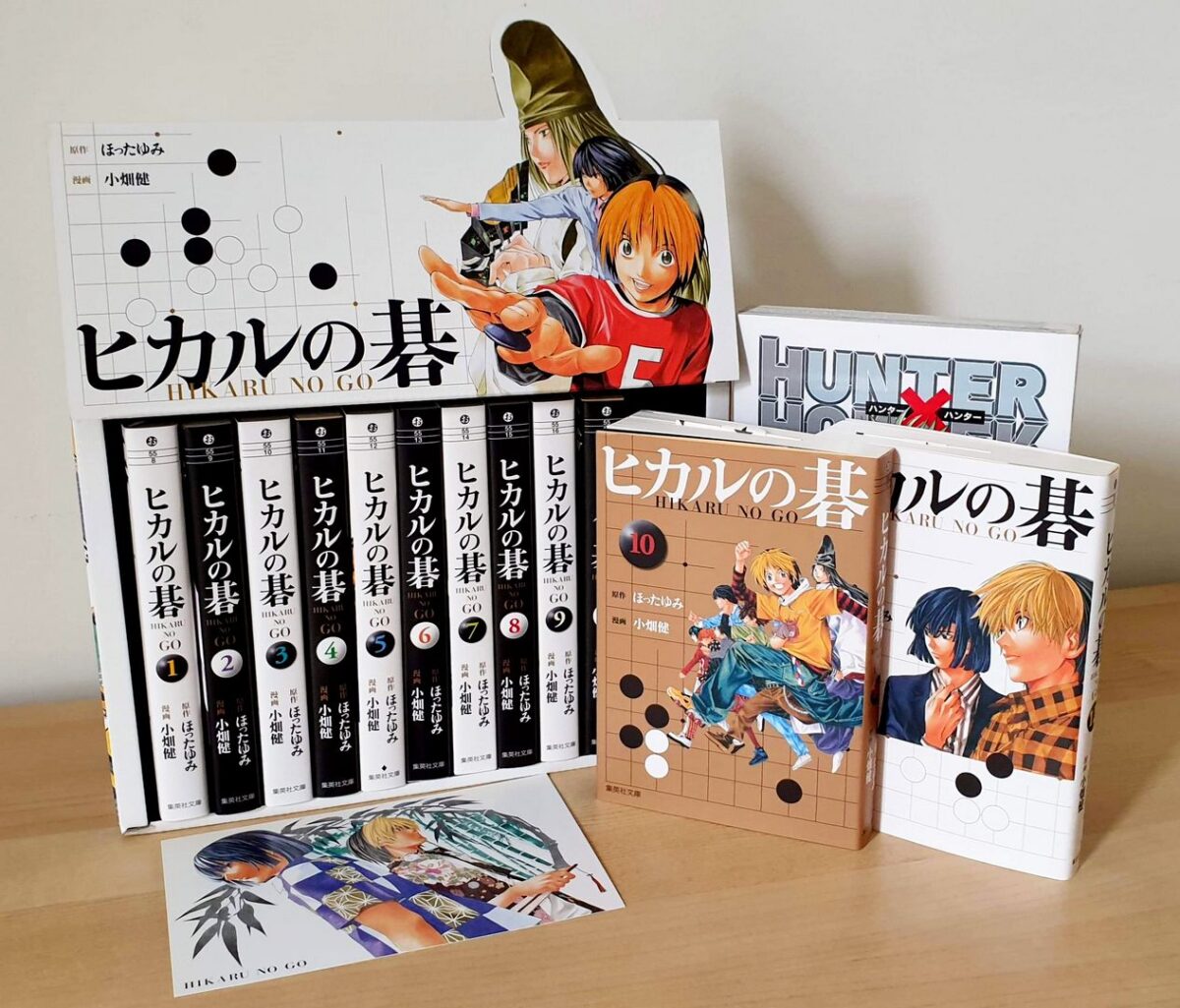
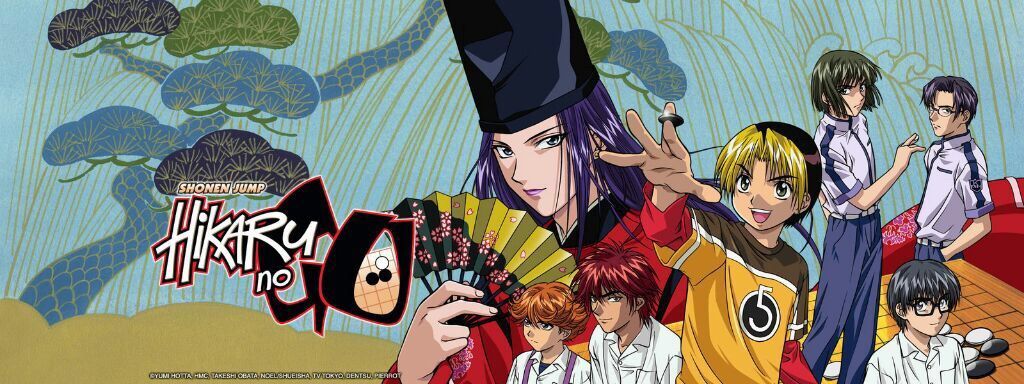
On days where “gote” moves and endgame blunders fill a player’s kifu book, it’s good to take a break and try to remember the joys of Go. One story, “Hikaru No Go,” captures the wonder of learning how to play Go.
“Hikaru” is a manga and anime that is renowned around the world, for its well-written storyline, and engaging characters, and for creating a larger awareness of Go around the world. In the U.S., “Hikaru” ran in Shonen Jump between 2004–2008, and it aired on Toonami Jetstream between 2006–2008. (Both the anime and manga ran from 1999 to 2003 in Japan.)
It served as a generational introduction to Go for many Americans, and was featured in the monthly Shonen Jump magazines. I remember going to my local public library on Saturday mornings and spending hours parked in a beanbag chair endlessly devouring issue after issue of Shonen Jump. I loved all the usual suspects: “Naruto”, “Yu Yu Hakusho”, “Dragon Ball Z”, but amongst all those testosterone-laden battles, muscular heroes, and riveting action mangas, there was a touching story about a funny-looking multi-colored haired kid playing a board game and haunted by a highly expressive and overly emotional ghost that captured my attention.
It’s More Than Just a Show About a Board Game
The story begins in Hikaru Shindo’s grandpa’s attic, where our irresponsible middle-school hero searches for antiques to sell. He finds an old Go board that, when touched, reveals it’s harboring the ghost of one of history’s greatest (fictional) Go players, Fujiwara No Sai.
However, “Hikaru” is more than just a show about Go. It’s a truly touching story about a mentor, and his bright-eyed (and occasionally selfish) student. The theme of the mentor and the student is a touching and integral part of the story. The protagonist, Hikaru, a boy destined to play Go, and Sai, the physical embodiment of thousands of years of generational knowledge, work together in harmony as teacher and pupil. Sai sees greatness in the boy and he seeks to harness and unleash that potential. It’s clear that Sai is both amazed by Hikaru’s potential, but also struggles with the impending conclusion of his own journey.
It Isn’t Perfect…
The show isn’t perfect. One problem is that the story offers very little agency to any of the female characters. Akari Fujisaki, Hikaru’s friend and potential love interest, is the female who gets the most page/screen time, but most of Akari’s lines and motivations are all centered on Hikaru, and the only real moment she’s given any agency is when she becomes the captain of the Haze Middle School girl’s team, but even most of that growth happens off screen.
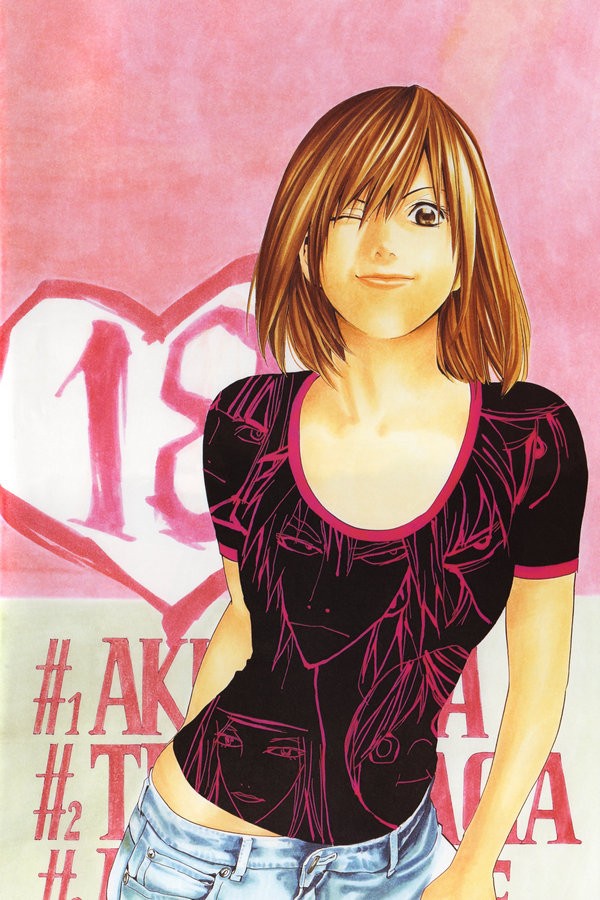
The lack of female Go players in “Hikaru” is accurate in the sense that the world of Go suffers from a large gender disparity between males and females. It’s unfortunate that there aren’t any stronger female characters in the series, as it detracts from the series. This speaks to a larger problem in the world of Go. In a 2016 Go population survey, The International Go Federation found that in 41 of 50 surveyed countries, they had less than 20 percent female Go players.
The Impact on American Go
With over 25 million copies in circulation, the manga and anime had a significant influence in bringing new players into the game. According to the American Go Association’s 1999–2000 Annual Report, the AGA had 1138 full members, including only 110 youth members in 1999. Compare that to 2007, when the AGA grew to over 2,200 members, including 600 youth.
What increased youth membership so quickly? One culprit was Toonami Jetstream, who aired “Hikaru No Go” during that time. While we can’t tie the increase in youth solely to the show’s airing, it seemed to have a positive correlation. Unfortunately, youth memberships were back down to 421 in 2020.
Which Version Should I Read or Watch?
There are several incarnations of “Hikaru No Go.” The manga, the anime, and the reimagined Chinese live action remake in 2020. I’d say the only wrong answer is the live action remake. It’s actually very entertaining and well done. However, I believe that it’s more entertaining as a companion to the original anime and manga, then as a standalone. The manga and the anime have different characteristics, strengths and weaknesses. If I had to pick a perfect order, I’d pick manga, anime, and then the live action series. If you start with the manga, you can devour the story and enjoy the artwork. Then, move on to the anime, and feel the effects and resonance of the music being added to the story. Lastly, watch the live action remake and see the show played out with actors.

Where Can I Watch?
The show is available to watch on multiple streaming platforms including Hulu, Crunchyroll, and Amazon Video. The manga is available to read on VIZ Media for a cheap subscription. The Chinese live action adaptation is available for streaming on the IQIYI.
Are the Games in “Hikaru” Real Games?
Yes, they are all real games! In fact, they’re most recreations of games from history. As an example, almost all of the games played by Fujiwara no Sai in the anime were in fact games of the legendary Honinbo Shusaku, one of the strongest players who ever lived.
You can download all games from the anime and manga here: hikaru-games.zip
In case that seems too much, here are three such games for your enjoyment.
Game 1
Chapter 2: “The Birth of a Great Rivalry”
Hikaru/Sai (B) vs. Akira (W)
Honinbo Shusaku (B) vs Honinbo Shuwa (W)
November 11, 1851
Download SGF
This is the first match between Sai/Hikaru and Akira. It’s the birth of the rivalry that drives the rest of the story. Akira is a prodigy, and son of the current Meijin. However, Hikaru (with Sai telling him how to play) makes Akira feel powerless. (This is embellished for the sake of the show.)
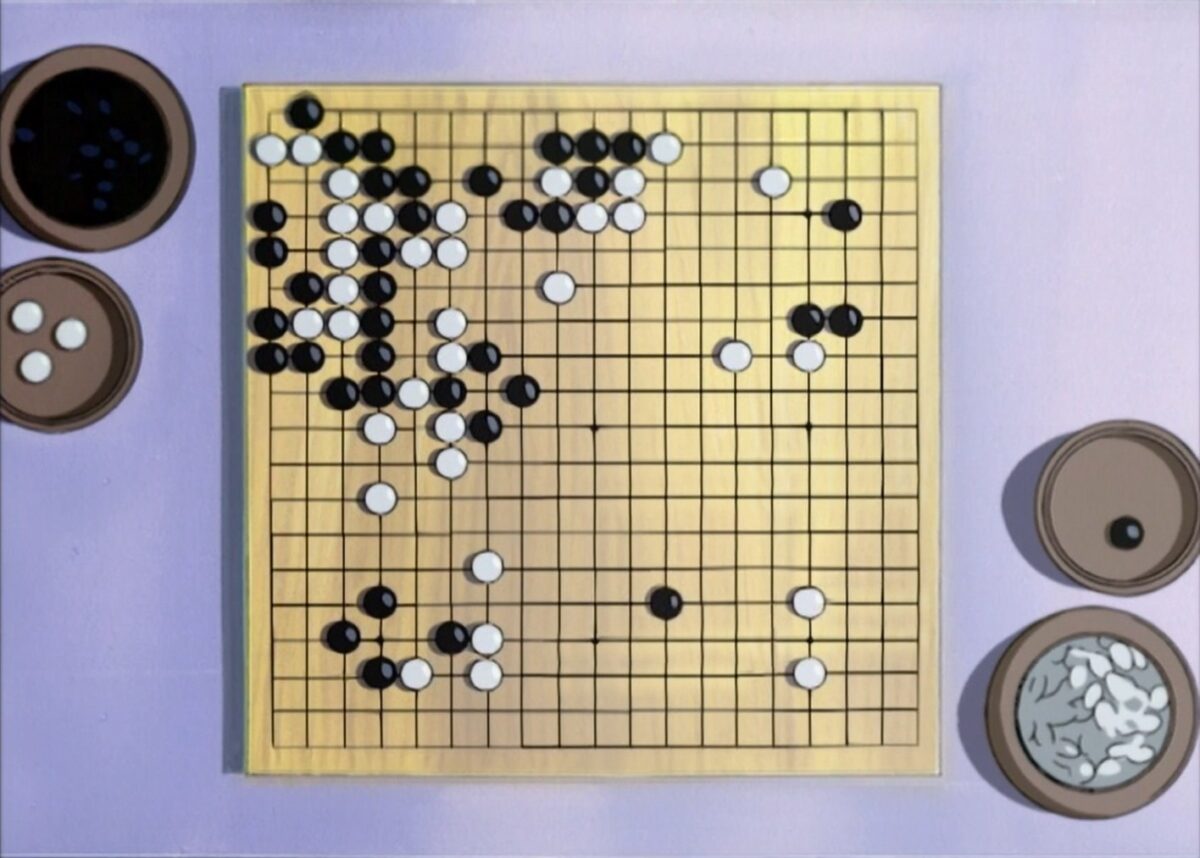
Game 2
Bonus Chapter after Chapter 51: “The Triple Ko Game”
April 27, 1724
Hikaru (B) vs. Kimihiro Tsutsui (W)
Nagano Kaizan (B) vs. Inoue Shunseki (W)
Download SGF
It’s interesting they included this game in “Hikaru” as according to “The Incident Room” by John Fairbairn, it’s the first “confirmed” sighting of the triple ko in Japanese history. The chapter that it’s included in, makes sure to point out the significance of the triple ko. However, interestingly enough, the bonus chapter was not included in the anime. According to Fairbairn, “the game was declared void”.
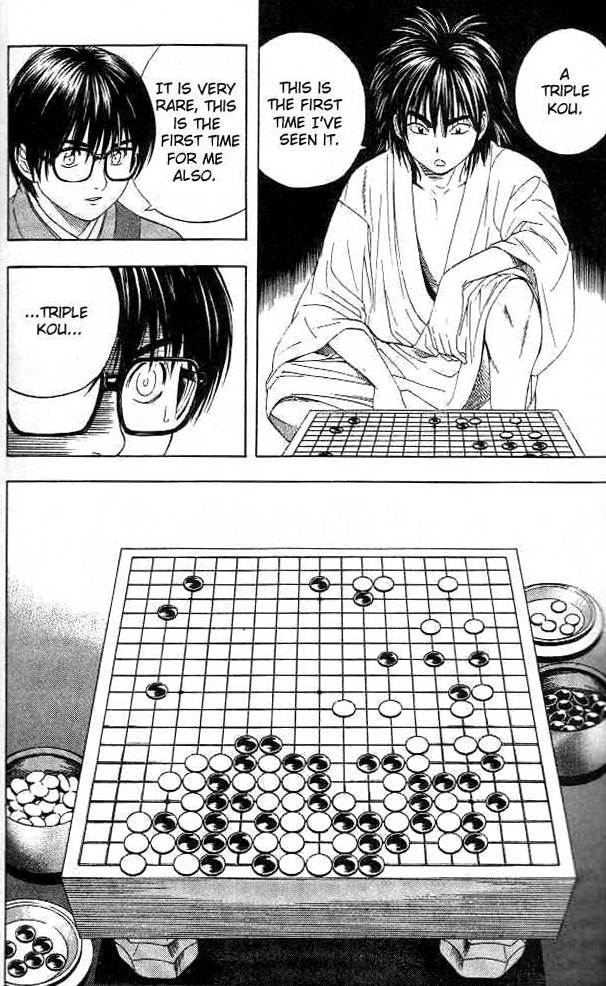
Game 3
Chapter 116: “A showdown across generations”
May 1st, 1997
Sai (W) vs. Toya Meijin (B)
Yoda Norimoto (W) vs. Rin Kaiho (B)
Download SGF
One of the best moments of the series is when Sai takes on Toya Meijin, both players are heralded as the greatest of their generation, and it’s a truly epic moment. In real life, this is a game between Yoda Norimoto and Rin Kaiho in the 22nd Meijin League.


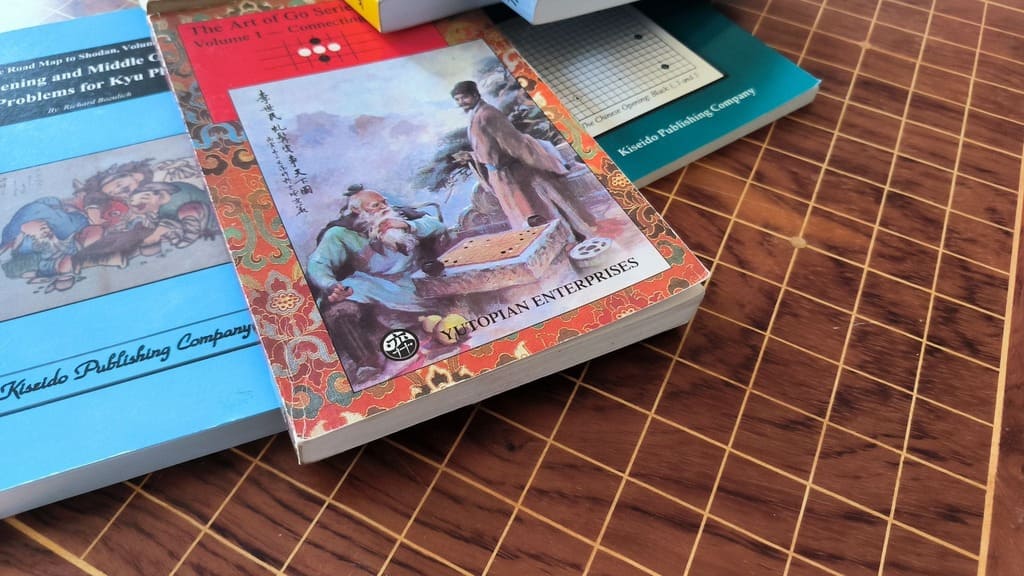
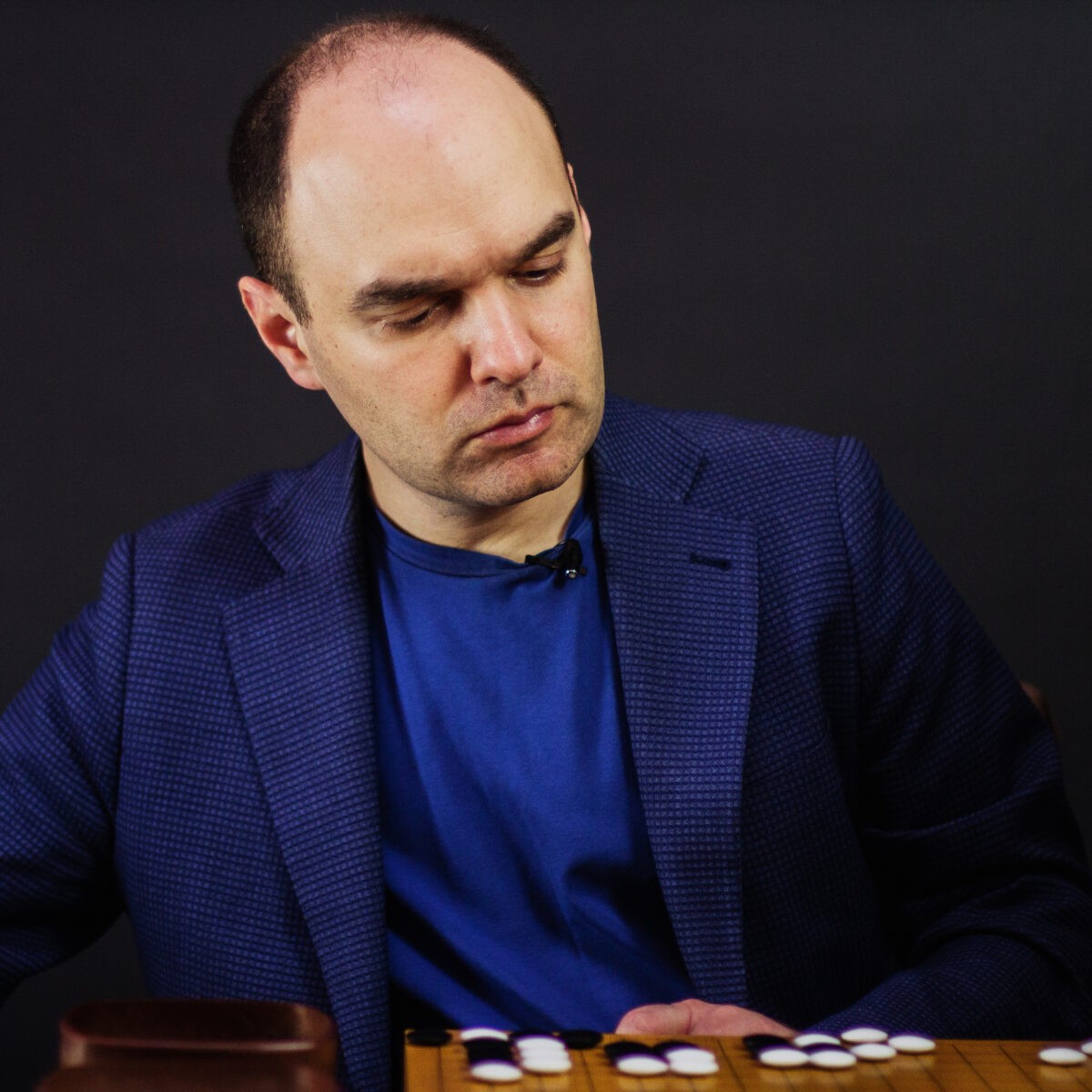
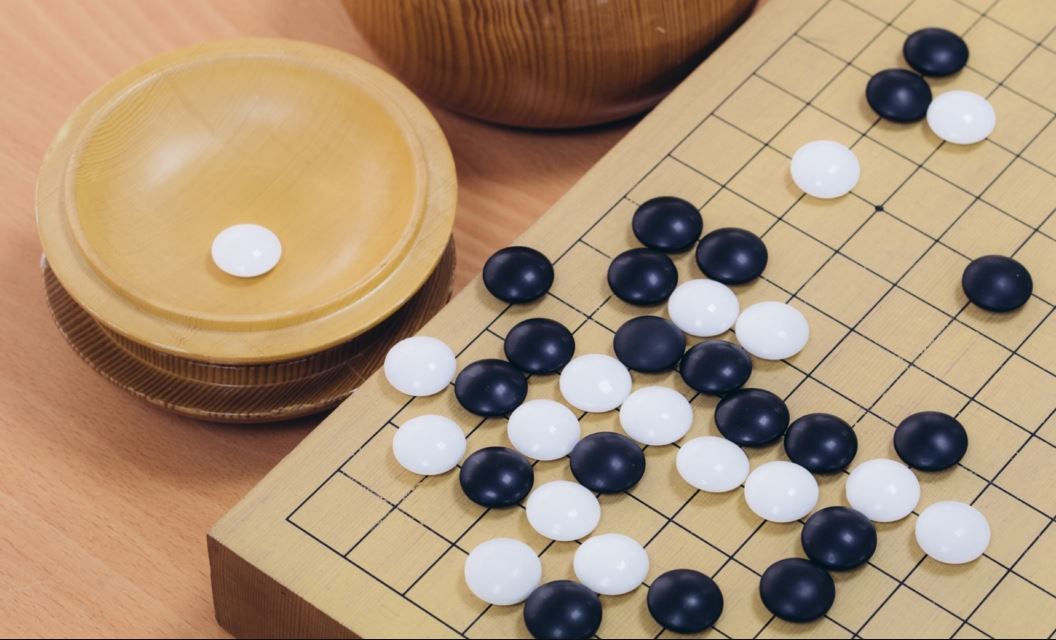
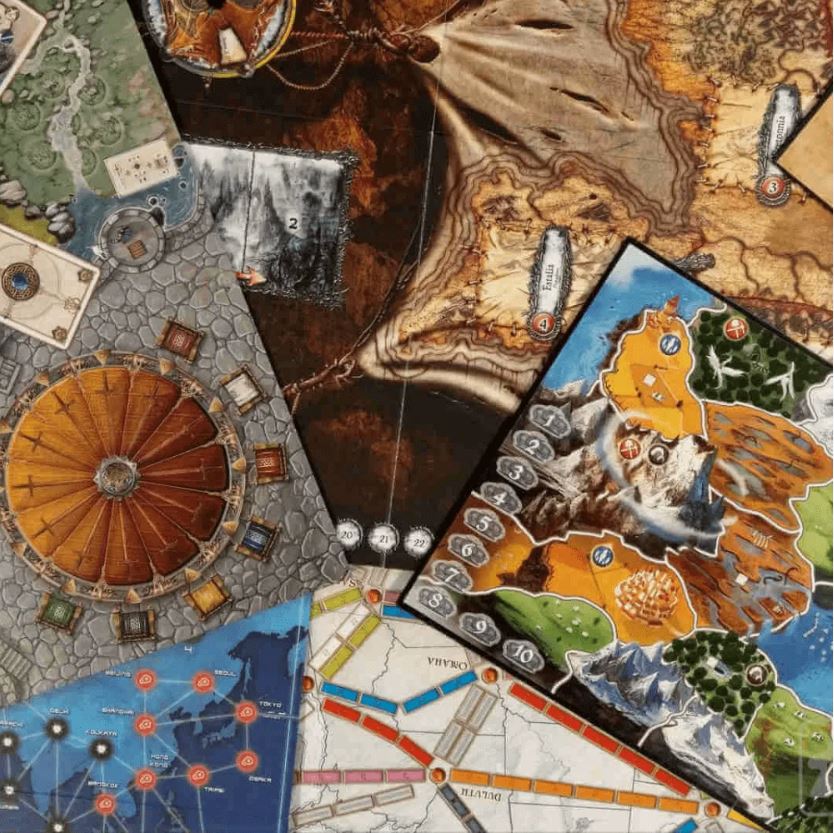
Leave a comment